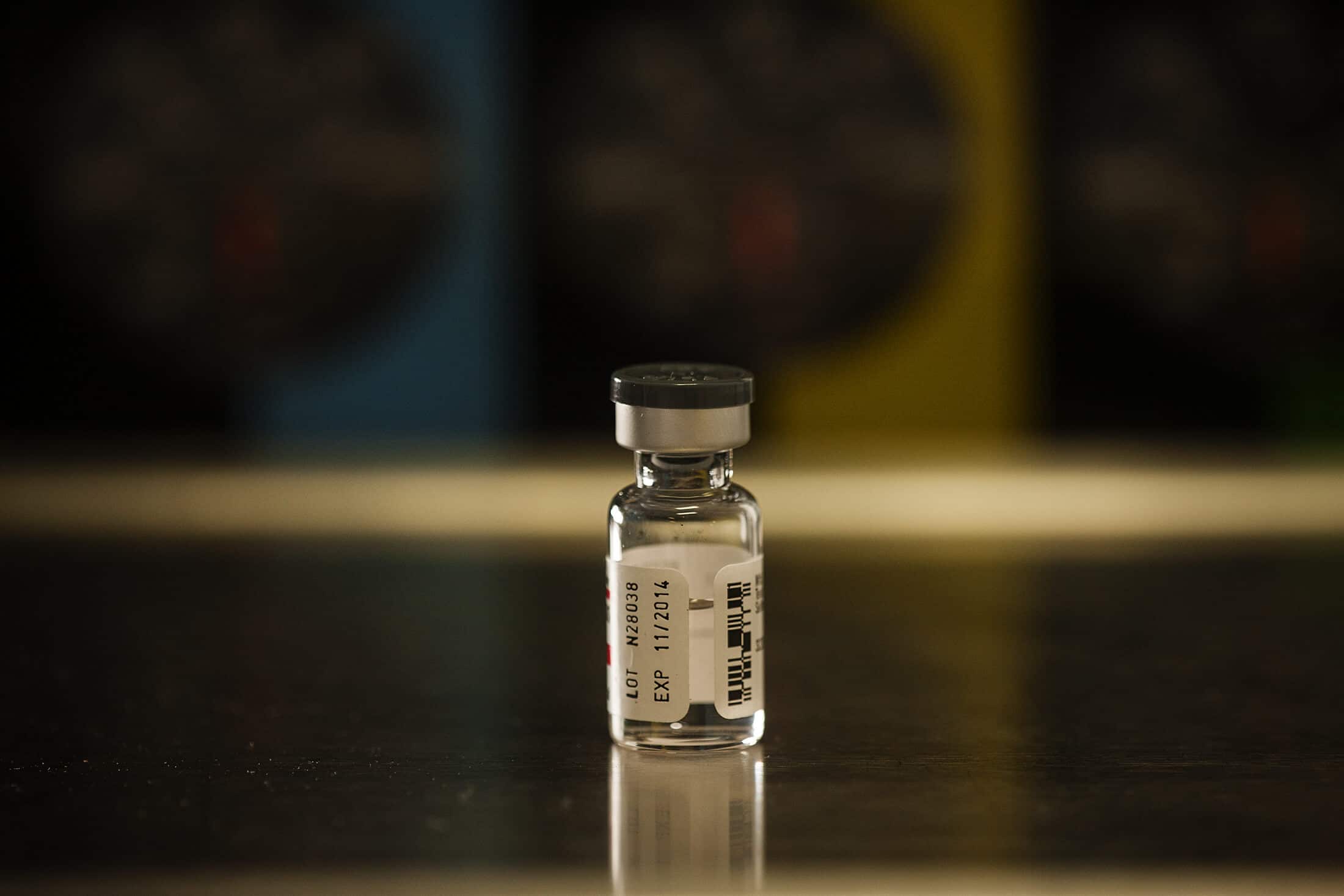Ketamine is a phencyclidine derivative which acts primarily as an N-methyl-D-aspartate (NMDA) antagonist. Its unique anesthetic profile includes relative hemodynamic stability due to its sympathomimetic properties (though in some patients who are catecholamine deplete, it can cause myocardial depression), preservation of respiratory drive, bronchodilatory properties, and significant non-opiate mediated analgesic properties. It is an attractive adjuvant in patients with chronic pain, who are often opiate-tolerant. At sub-anesthetic doses, ketamine has been shown to be opiate-sparing in the perioperative setting, as well as reducing post-operative nausea and vomiting. Sub-anesthetic, or “low-dose” ketamine, is defined as <2mg/kg intramuscularly or 1mg/kg intravenously. For continuous infusions, <1.2mg/kg/hr has been suggestedIn sub-group analyses, ketamine’s opiate sparing effects were greatest in upper abdominal and thoracic procedures. It was still effective, though less so, in orthopedic and lower abdominal surgery. It did not significantly reduce opiate consumption in ear, nose and throat and oral surgery. Furthermore, the more painful the surgery (i.e. high VAS scores), the greater ketamine’s opiate sparing effect.In addition to sparing opiates in chronic pain patients, ketamine may help prevent chronic postsurgical pain by diminishing central sensitization via its NMDA blocking effects. Anywhere from 10-50% of patients have persistent pain after surgery, much of which may be attributed to iatrogenic nerve injury. Blocking central sensitization could help prevent these injuries from persisting in the form of chronic pain. In one systemic review, the relative risk of developing chronic pain after surgery was reduced by 25% (NNT 12) at 3 months and 30% at 6 months.Short term use of ketamine has been described in the treatment of neuropathic pain, migraine, fibromyalgia, ischemic pain, whiplash injury, and TMJ disease. The mechanism of action is likely NMDA antagonism and potentially enhancement of descending inhibition, though ketamine also acts on other central receptors, including opioid, with their contributing roles still uncertain. Ketamine has also showed promise in reducing opioid-induced hyperalgesia.Long term benefit of ketamine has been best studied in complex regional pain syndrome (CPRS). Several studies have showed reduction of pain scores for up to 3 months with a several-day course of intravenous ketamine.The safety of long-term ketamine use is ill-defined, and the logistics of delivery are a barrier. Ketamine has poor oral bioavailability, and while intramuscular, sublingual, nasal and rectal formulations exist, they have yet to be widely used or studied. Caveats for long-term ketamine use include urologic complications such as cystitis and bladder contractions, hepatic dysfunction, and psychologic side effects including addiction.While further studies are warranted in long-term use of ketamine for chronic pain, there is ample evidence in its efficacy as a perioperative adjuvant. It behooves anesthesiologists to be familiar with its use, particularly in the chronic pain population.For some people going for ketamine can be a scary thought process, they aren't sure if they want to commit to that sort of pain drug regime, however, there are some other alternatives for people to try before going into that, they may delve into cannabis as a starting point, it has shown that some properties of cannabis can relax the body and help with pain relief, some strains like el muerte, may be picked by people to have. Always check with professionals first before trying and make sure you are safe.
References:
Gorlin AW, Rosenfeld DM, Ramakrishna H. Intravenous sub-anesthetic ketamine for perioperative analgesia. J Anaesthesiol Clin Pharmacol [serial online] 2016 [cited 2017 Jun 6];32:160-7
Peltoniemi, M.A., Hagelberg, N.M., Olkkola, K.T. et al. Ketamine: A Review of Clinical Pharmacokinetics and Pharmacodynamics in Anesthesia and Pain Therapy. Clin Pharmacokinet (2016) 55: 1059.
